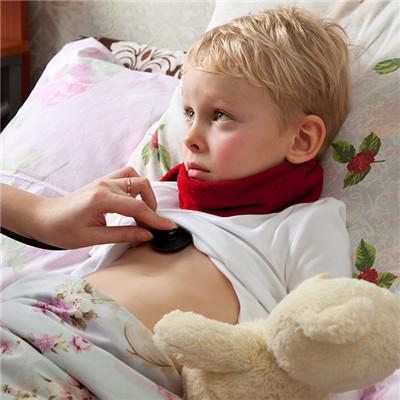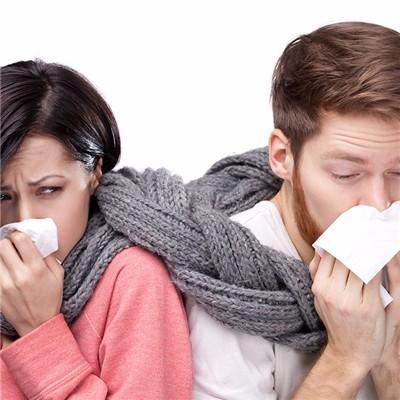What disease can be caused by pediatric restrictive cardiomyopathy?
summary
Restrictive cardiomyopathy (RCM) is rare. It is characterized by endocardial and subendocardial myocardial fibrosis and proliferation, mural thrombosis, cardiac cavity narrowing or occlusion, ventricular filling dysfunction and compliance decline, severe damage of cardiac diastolic function and normal or mild damage of cardiac systolic function. This disease is common in children and adolescents, manifested as unexplained heart failure and decreased cardiac output. What disease can be caused by pediatric restrictive cardiomyopathy? Let's talk about it
What disease can be caused by pediatric restrictive cardiomyopathy?
Heart failure, also known as "myocardial failure", refers to that the heart can not beat out the blood supply commensurate with venous return and body tissue metabolism. Often caused by a variety of diseases, myocardial contractility is weakened, so that the blood output of the heart is reduced, not enough to meet the needs of the body, and thus produce a series of symptoms and signs.

Sudden death refers to the accidental death immediately after the occurrence of acute symptoms or within 24 hours. At present, most scholars tend to limit the time of sudden death within one hour. The main clinical manifestations are cardiac arrest and respiratory arrest.

The endocardial and subendocardial myocardial fibrosis of this disease leads to ventricular diastolic limitation, blocked filling, congestion of pulmonary and systemic circulation, which is easy to cause thrombosis in the cardiac cavity and surrounding veins. Once it falls off, it can cause embolism. Pericardial effusion is associated with endocardial and subendocardial myocardial fibrosis, ventricular diastolic limitation, impaired filling, pulmonary and systemic congestion, and increased venous pressure. Long term malnutrition may be associated with hypoproteinemia in chronically ill patients.

matters needing attention
The patient should be asked to take a sitting or semi sitting position, call the medical emergency center for help, or take the safest, stable and fast transportation to the nearby hospital. After the onset of the disease should not go to the doctor without formal training to see a doctor, so as not to delay the illness.
















